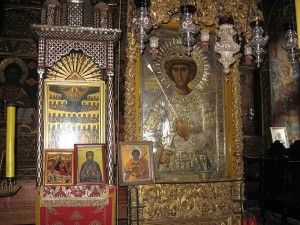Tuesday

I feel kind of bad for newspaper writers. They have to write on topics they know little or nothing about, with the result that they often look like doofi.
I remember one AP reporter writing about the Vikings' and Cowboys' multiple Super Bowl appearances. She made the comment, "Oddly enough, the two teams have never played each other in the Super Bowl." The poor writer was probably scanning Super Bowl results and noticed that they'd never played each other, but, having no knowledge about the old AFL that brought about the Super Bowl in the first place, just concluded that it was an historical sports quirk, instead of the result of a rule embedded in the system.
The problem doesn't just apply to sports, of course. In fact, religion probably suffers from journalistic ignorance more than any other area. There's an entire blog, Get Religion, dedicated to the phenomenon. I used to read Get Religion regularly. I've drifted away over the past year or two, but yesterday I surfed across Get Religion's recent piece about a Reuters news story that butchers the truth of Mt. Athos.
If you're interested in the Holy Mountain, check it out. Excerpt:
The fact that male monastics have, for centuries, banned women from the peninsula is a fact that – whether this commandment is printed in a newsroom's stylebook or not – must be mentioned in the first paragraph or two. That's OK. The Orthodox are used to that.
However, it's clear that the lead reporter on this feature got a bit mixed up when studying the map of the holy mountain. There are plenty of “sketes” on the peninsula (definition here), but the key is that its monastic traditions center on 20, not 12, full-fledged monasteries that represent the whole Eastern Orthodox world, not just Greek Orthodoxy. That's a pretty basic fact to get wrong.
